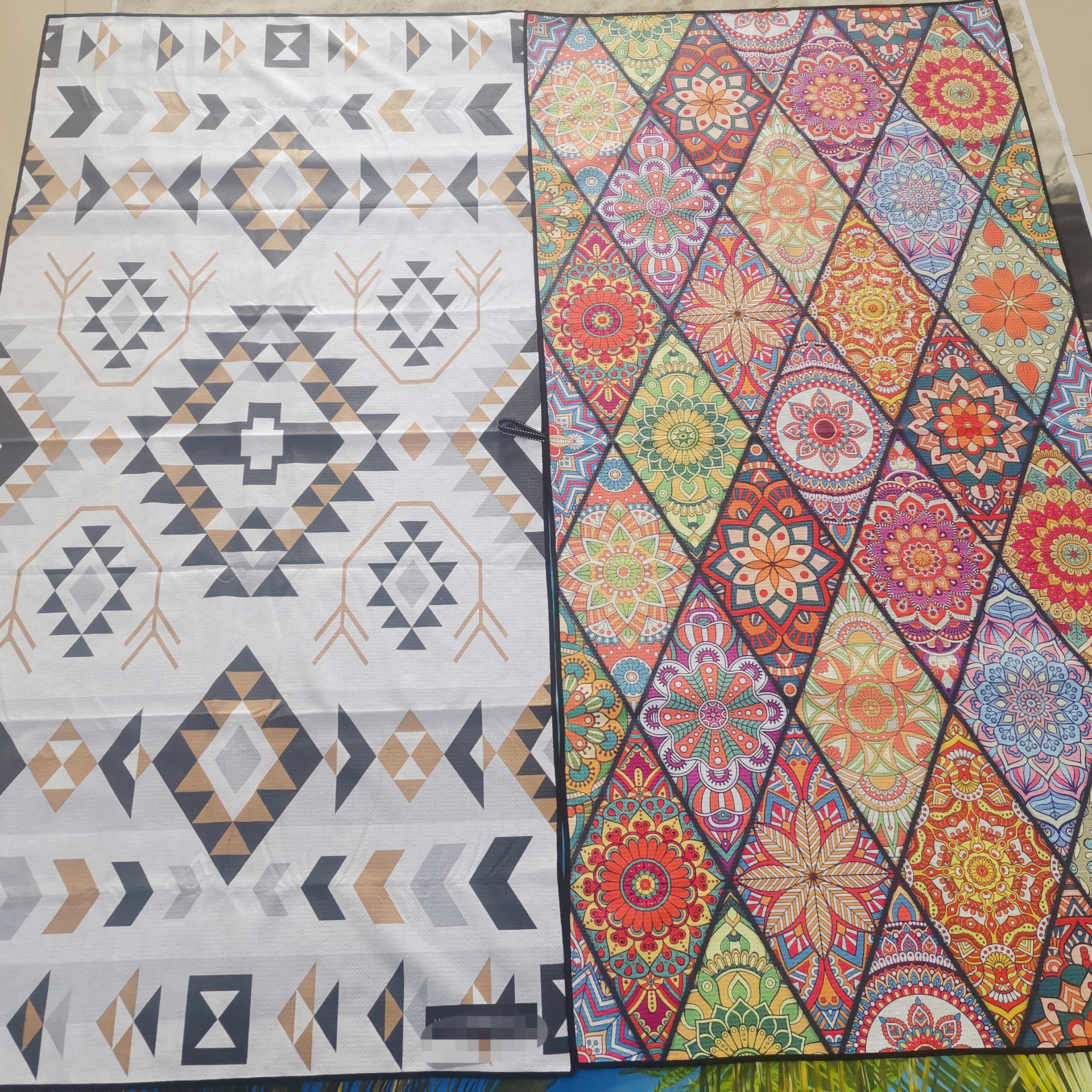First, seedbed preparation
Choosing the right location for the seedbed is crucial. It should be in a sunny area with good ventilation, close to a water source, on higher ground for efficient drainage, and easily accessible for transportation. The cutting medium can be a mix of expanded perlite and ash. The seedbed is constructed using bricks, forming a rectangular structure that is 40-50 cm high. Its length and width can be adjusted based on the needs. A drainage hole is left between the seedbed and the surrounding soil, and a drainage ditch is dug around it. A tap water pipe is installed every 40 cm inside the seedbed, equipped with a sprinkler system. The bottom layer of the seedbed typically consists of small pebbles, followed by a 5 cm thick layer of coarse sand, then a 15-20 cm layer of yellow sand, and finally a layer of puffed perlite or ash.
Second, cutting preparation
(1) Selecting cuttings: Ideal cuttings are half-woody, which will root in the same year. They should have internodes measuring 3-4 cm, rich in nutrients, free from pests and diseases, and usually include 3-5 shoots with a maximum length of 20 cm. (2) Cultivating cuttings: If a large number of semi-woody cuttings are needed, some branches can be trimmed during winter for the first year, and more than one year for the second. (3) Cutting technique: When taking cuttings, make a cut 0.5 to 1 cm above the lower bud, preferably at a 45-degree angle. The upper end should be cut 1.5 cm above the top buds. After cutting, immerse the cuttings in a disinfectant solution made with carbendazim and tetromycin for one hour to sterilize them. (4) Planting cuttings: The best time for planting is from early May to early August. Before inserting, apply a rooting hormone such as ABT to the base of the cuttings, then insert them into the perlite or ash up to 8-10 cm deep, filling any gaps between the cuttings and the medium.
Third, post-cutting seedbed management
(1) Weeding: Regularly remove weeds from the perlite or ash to maintain a clean environment. (2) Temperature control: During hot seasons, excessive heat can cause water loss and damage to cuttings. Cover the seedbed with shade nets and spray water when sunlight is strongest at noon. (3) Humidity control: Install a timer-controlled irrigation system. Adjust the watering schedule based on the condition of the cuttings. Use nozzles with good atomization to avoid large droplets. Initially, spray every 3-4 minutes for 30-50 seconds. In the second week, spray every 5-6 minutes for 70-80 seconds, keeping the leaves moist without dripping. By day 10, callus formation begins at the base of the cuttings. By days 30-40, the callus heals and new roots develop, growing to 50-60 days with roots reaching 3-6 cm. At this stage, foliar fertilizers can be applied. Watering frequency can be adjusted to once every 3 minutes for 30 minutes. Two sprays per day, 5 minutes each, 10 days before transplanting. If cracks appear, increase spraying under shade nets.
Fourth, transplanting
Before transplanting, the bed is deeply tilled and leveled to form a 60-cm wide surface. The planting holes should be larger than the root system, and water is poured immediately after planting. Shade nets are placed on the surface to protect the young plants. As soon as cracks appear in the soil, water is applied promptly, and weeds are removed. Within 15-20 days after planting, diluted manure water can be applied appropriately, followed by irrigation and timely drainage of excess water.
We are the factory directly supplier for 100% Microfiber Beach Towel, colorful Microfiber Beach Towel, square Beach Towel, Waterproof dry robe, beach surf robe, windproof Change Robe. We are professional supplier who support customized design printing and logo.
We have certificate of OEKO, CE, SGS, GRS.


100% Microfiber Beach Towel,Colorful Microfiber Beach Towel,Square Beach Towel,Square Beach Towel For Sale
Suzhou Golden Gamrnet MFG Co.,Ltd , https://www.svchangerobe.com
